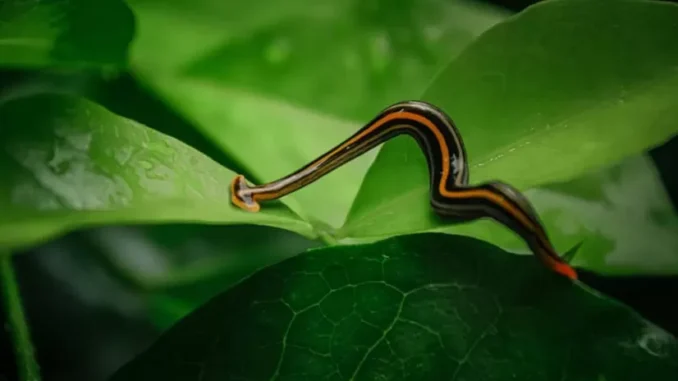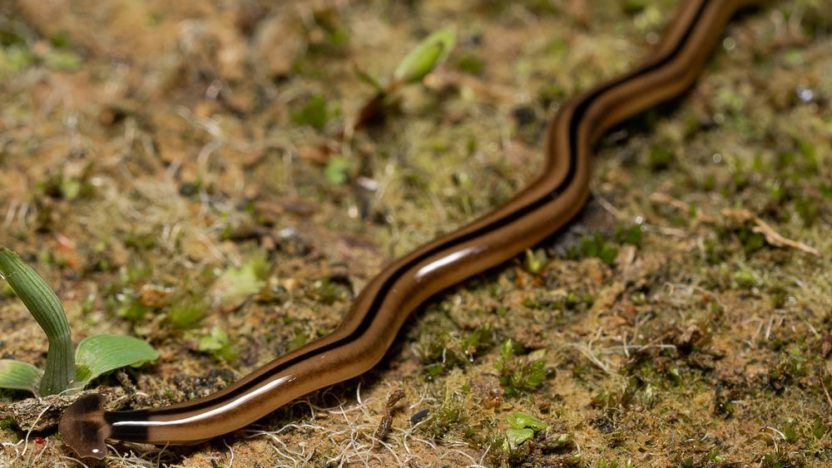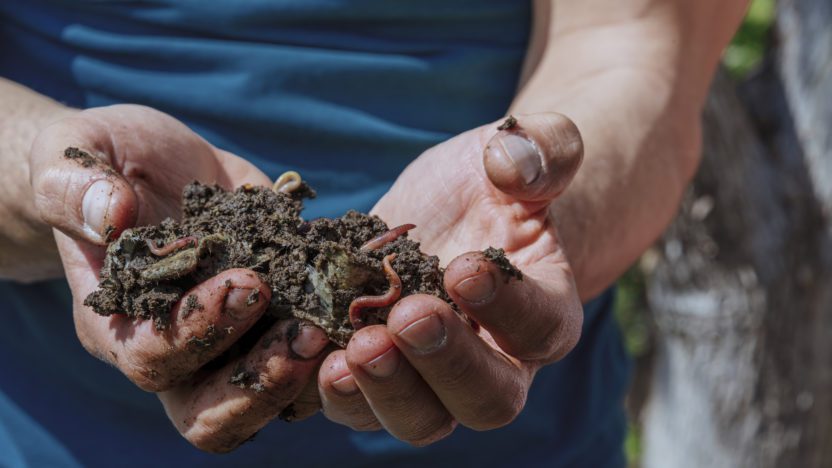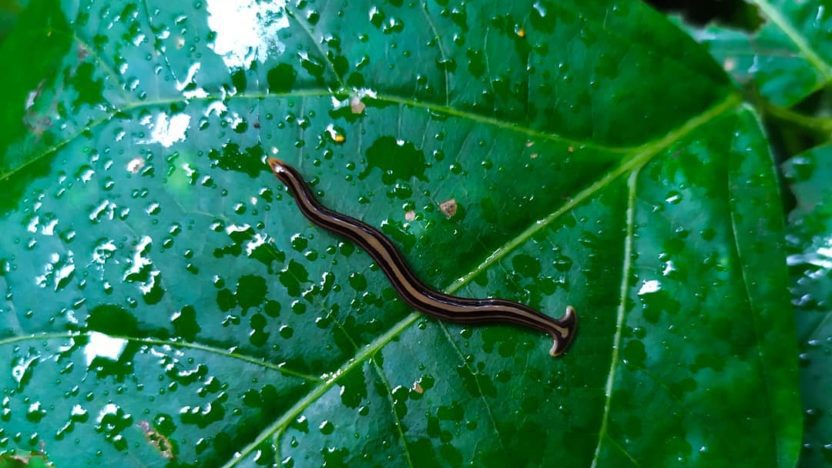
Hammerhead flatworms are not your average garden worm. These slithering, slimy flatworms have a hammerhead sharklike head (hence the name) and are known to destroy their victims by emitting a neurotoxin to stun them and an enzyme to liquefy them so they can be eaten.
OK, we’ll let you catch your breath now.
“These worms are very long, and if they’re present in your garden or backyard, you are unlikely to miss one,” says Katelyn Kesheimer, an entomologist with Auburn University and the Alabama Cooperative Extension System. “Similar to other worms, they are more active following a rain event, so you may see them crawling around after a downpour.”
While hammerhead flatworms are not dangerous to humans, they can cause a disturbance in your garden, so here’s what you need to know if you encounter any of these creepy-crawly pests.
What are hammerhead flatworms?

Hammerhead flatworms come from parts of Asia and Madagascar but are now in the U.S. through the transport of exotic plants.
They are a type of land planarians that can range in length from 10 to 15 inches. Distantly related to earthworms, they are slimy and flat in profile with a half-moon or crescent-shaped head. They’re usually light brown or honey in color with dark lines running down their backs.
How hammerhead flatworms affect your garden

Worms, in general, are typically not dangerous to humans. However, these hammerhead flatworms do carry a toxin that can cause skin irritation, so you should always wear gloves when digging in your garden, especially after it rains. You should also keep dogs and other pets away from your garden in the event that a hammerhead flatworm is present.
Since hammerhead flatworms love to prey on slugs, earthworms, and snails, they can threaten the native ecosystem of your garden. Earthworms are vital for the well-being of your garden because they help loosen compacted soil and convert organic matter into nutrients for plants.
“Earthworms help contribute to soil health, so we don’t want anything removing those from our lawns or gardens,” says Kesheimer.
Signs of an infestation

While hammerhead flatworms might be present in your garden and backyard, there are no obvious signs of an infestation outside of seeing a specimen. So keep your eyes peeled and always wear gloves when working in your garden.
Usually, this type of worm likes hot, humid environments and is active at all times of the year when the temperature is just right.
How to get rid of hammerhead flatworms

It can be alarming to see a hammerhead flatworm slithering in your yard, and your first inclination might be to smash it with a garden tool. But bear in mind that they reproduce asexually.
“Do not cut them up! Fragments can regenerate into new worms,” says Sydney Crawley, assistant professor of urban and structural entomology at North Carolina State University. “Instead, place them in saltwater, alcohol, soapy water, or another abrasive solution. You can also bag and freeze them.”
Crawley says you should not spray a solution—like saltwater—on the hammerhead flatworm in the lawn or garden because the solution will also kill earthworms. Instead, you should lift the flatworm out of the garden to kill it.
“Use a stick or other tool to lift the hammerhead worm into a Ziploc bag where you can contain and apply the saltwater to kill it,” says Jonathan Larson, entomologist and assistant professor in the extension program at the University of Kentucky. “Spritzing them with vinegar or citrus oil will also work.”
Source: Realtor.com
